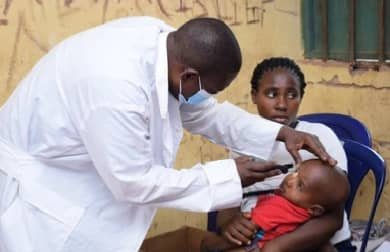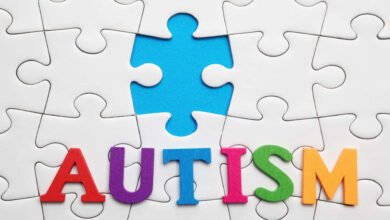Monkeypox: All you Need to Know About This New Variant and How it is Transmitted

Source:https://franktalknow.com/
Monkeypox, or mpox, generally starts with flu-like symptoms that appear 6 to 13 days after exposure, but can appear between 5 and 21 days. Initial symptoms often include:
- Fever: One of the earliest and most common symptoms of monkeypox is a sudden onset of fever, which may be high.
- Headache: Severe headaches are common during the early stages of infection.
- Muscle aches: Muscle pain and body aches (myalgia) can occur, similar to what you might experience with the flu.
- Chills: Patients may experience chills along with fever.
- Exhaustion: A feeling of extreme fatigue or weakness is often reported.
- Swollen lymph nodes: Unlike smallpox, monkeypox typically causes swollen lymph nodes (lymphadenopathy), which can be painful and occur in the neck, armpits, or groin.
Following the flu-like symptoms, a distinctive rash typically appears 1 to 3 days later. This rash usually begins on the face and then spreads to other areas, including the palms and soles. It progresses through several stages.
- Macules: Flat, red spots on the skin.
- Papules: Raised bumps that appear on the skin.
- Vesicles: Bumps filled with clear fluid.
- Pustules: Bumps filled with yellowish fluid.
- Scabs: The pustules eventually scab over and fall off, leaving the skin to heal.
The rash from monkeypox can be itchy or painful and varies in severity. The illness usually lasts 2 to 4 weeks, with most people recovering fully, though complications can occur in some cases.
Transmission of monkeypox:
Monkeypox is transmitted through close contact with an infected person or animal, as well as through contact with contaminated materials. Key modes of transmission include:
- Human-to-human transmission
Direct contact: Monkeypox is primarily spread through direct contact with the rash, scabs, or bodily fluids of an infected person. This can occur during close physical contact, including sexual contact.
Respiratory droplets: Prolonged face-to-face contact can lead to the transmission of respiratory droplets from an infected person. However, unlike COVID-19, this mode of transmission typically requires extended close contact.
Contaminated objects: The virus can also spread through contact with objects, fabrics (such as clothing or bedding), or surfaces that have been contaminated with the virus from an infected person.
2. Animal-to-human transmission:
Bites or scratches: Monkeypox can be transmitted from animals to humans through bites or scratches from infected animals, particularly rodents and primates.
Consumption of infected meat: Handling or consuming the meat of infected animals, particularly wild game (bushmeat), can also be a source of transmission.
3. Vertical T=transmission:
Mother to fetus: The virus can be transmitted from an infected pregnant woman to her fetus via the placenta, which may result in congenital monkeypox.
Preventive measures include avoiding contact with animals that could harbour the virus, practising good hygiene, and avoiding close contact with infected individuals. Vaccination can also offer protection against monkeypox, particularly for those at higher risk of exposure.
Image Source: https://www.shutterstock.com/





